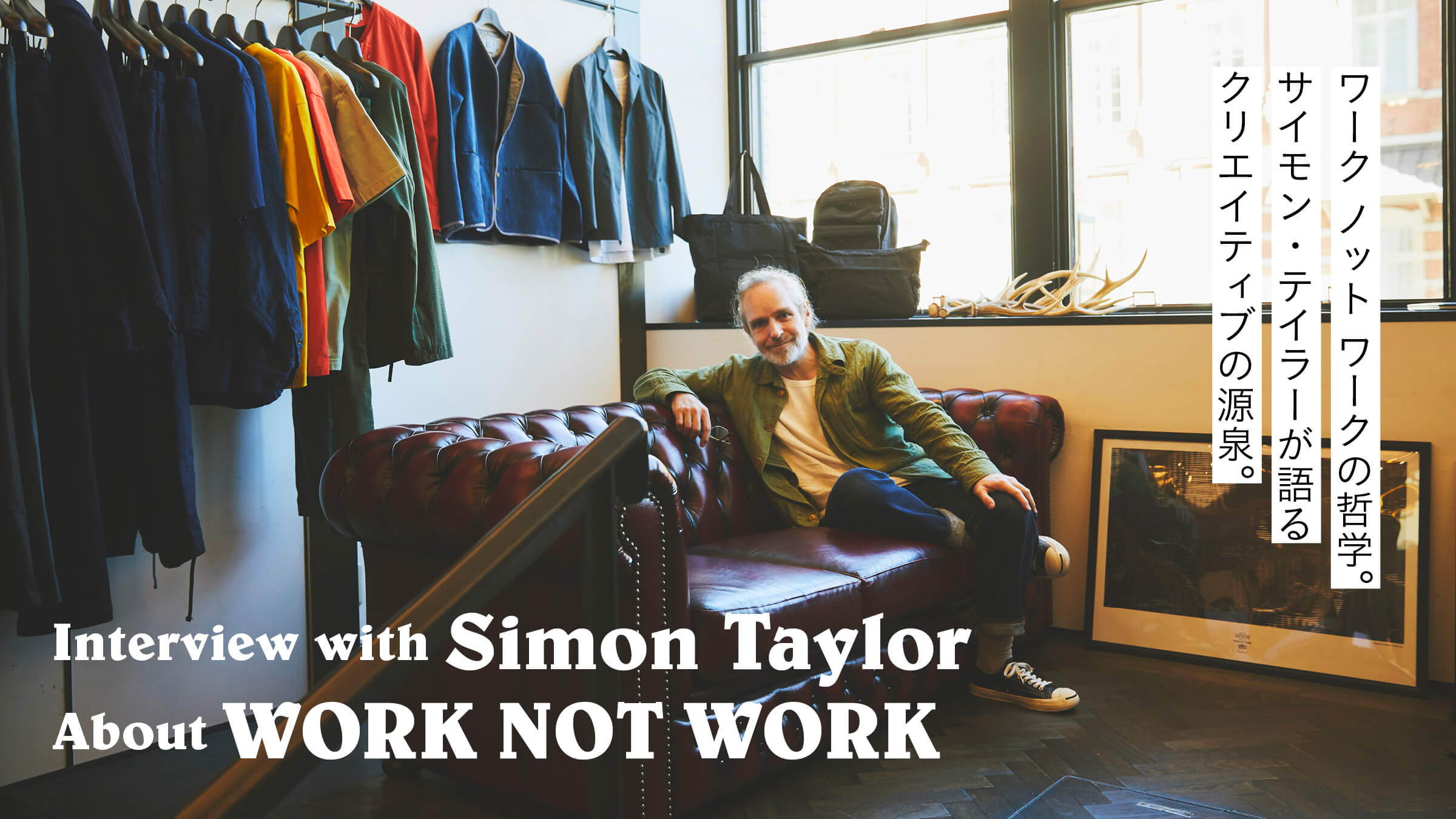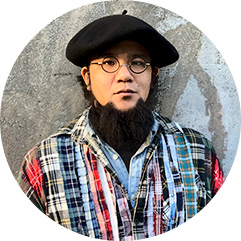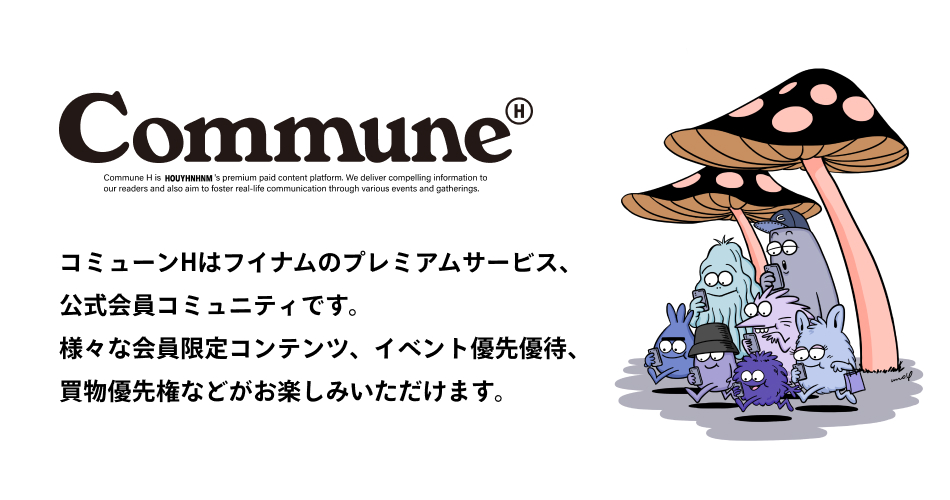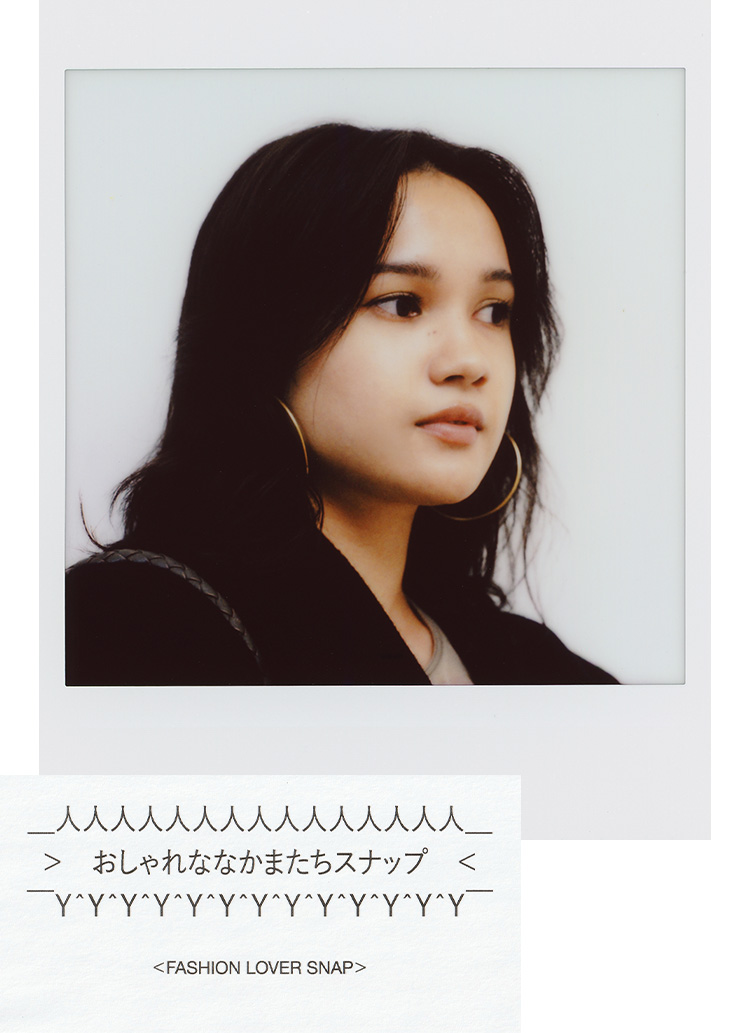. it needed to be bright and have a dramatic theme that everyone could understand.
What is the theme of the Spring/Summer 2020 collection?
Simon:First of all, before we talk about the season's theme, let me talk about the concept that we have been working on as a brand for the past few seasons. For the past few years, I have been interested in "city ethnicity. In the city, people of different backgrounds come together and live while sharing their values with each other. . I think this is a very modern way of life, and it creates a new culture. The clothes of "Work Not Work" are also created based on these ideas.

Simon:. for example, this Porcher Jacket was designed based on my childhood memories. A person I respected wore this jacket and went hunting every night. . This is the base idea behind the clothes. This is the base of my thinking.

Simon:And this season's theme is "Sunrise". We needed a theme that was bright, spring/summery, and dramatic in a way that everyone could understand. Speaking specifically about the clothes, we are making a fusion of the natural and organic with the technical.

Simon:One symbolic example is a fabric with grid lines that we call "masmatic". The graphic of lines running vertically and horizontally are interwoven with concepts such as language and music.
. Could you be a little more specific about "masmatic"? Where did the gridlines come from and what do they represent?
Simon:. I have been reading a lot of books on technology lately, and this is where I got my inspiration. Rather than technology itself, I am trying to express in "Mathmatik" how people are changed by it, and what happens to people's memories.

On the other hand, one of the characteristics of "Work Not Work" is the use of traditional Japanese techniques such as indigo dyeing and sashiko fabrics, and these techniques are still alive and well this season, aren't they?
Simon:. I myself feel something pure in such traditional Japanese techniques. I think there is an authenticity, or rather, a particular beauty in them. When we hear the word "tradition," we tend to think of it in a nostalgic way, but it is important to link it with the image of the present day.

In Japan, there is a word "Onshochishin," which means to learn from the past and find new knowledge and logic.
Simon:Yes, I agree. Japanese craftsmen are learning traditions , while at the same time gaining knowledge and familiarity with various things. . that is truly a hint for living in the modern age. . I feel a dynamic energy from the way they learn and acquire such skills. . That is why I love Japanese traditional techniques.









